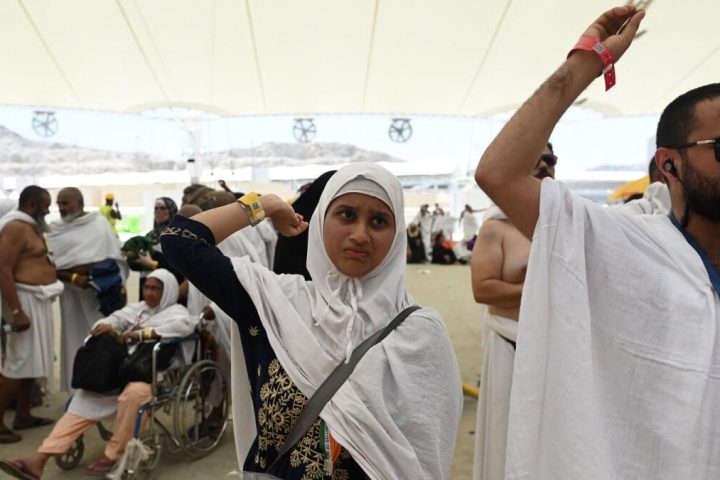By MooL Raj
Dress codes have long been a staple in school policy, purportedly aimed at fostering discipline and reducing distractions. However, recent discussions among educators, students, and parents suggest that these rules often serve to perpetuate out-dated norms and stifle individuality. It’s time to reassess the rationale and implications of school dress codes to ensure they align with contemporary values and promote a positive learning environment.
Historically, dress codes have been justified on the grounds of maintaining decorum and minimizing disruptions. The idea is that uniforms or strict attire guidelines help students focus on their studies rather than on fashion. While the intent may seem reasonable, the enforcement of these policies frequently raises concerns about equity and inclusiveness. For instance, dress codes often disproportionately target female students, with rules that mandate skirt lengths or prohibit certain types of clothing deemed “distracting.” Such regulations implicitly sexualize young girls and shift the onus of preventing distraction from boys’ behavior to girls’ attire, which is fundamentally unjust.
Moreover, dress codes can reinforce socio-economic disparities. Uniforms and specific clothing requirements can be financially burdensome for low-income families. Schools need to consider whether their policies inadvertently place additional stress on families already struggling with economic challenges. Providing assistance or subsidizing uniforms might alleviate some of this burden, but a more holistic approach would be to critically evaluate the necessity of such strict dress codes in the first place.
Another dimension of the dress code debate is the suppression of self-expression. Adolescence is a crucial period for self-discovery and personal development. Clothing is one of the ways students express their identities, beliefs, and affiliations. Overly restrictive dress codes can stifle this form of self-expression, potentially affecting students’ confidence and self-esteem. Schools should foster an environment where students feel free to express themselves within reasonable bounds, ensuring that such freedom does not disrupt the learning process or infringe on others’ rights.
Furthermore, there is a growing movement advocating for gender-neutral dress codes. Traditional policies often reinforce binary gender norms, which can be particularly exclusionary for non-binary or transgender students. Schools need to adopt inclusive policies that respect and acknowledge diverse gender identities. By implementing gender-neutral dress codes, schools can create a more accepting and supportive environment for all students.
Ultimately, the goal of any school policy should be to support the educational and personal development of students. Dress codes should be no exception. Schools must engage with students, parents, and educators in open dialogues to understand the diverse perspectives and needs of their communities. Policies should be reviewed regularly and revised to reflect evolving societal norms and values.
In conclusion, it’s essential for schools to reassess their dress codes with a critical eye toward inclusivity, equity, and the promotion of a positive learning environment. By doing so, they can ensure that these policies serve the best interests of all students, fostering a school culture that values respect, self-expression, and mutual understanding.
The author is a columnist and freelance writer

Kashmir Images is an English language daily newspaper published from Srinagar (J&K), India. The newspaper is one of the largest circulated English dailies of Kashmir and its hard copies reach every nook and corner of Kashmir Valley besides Jammu and Ladakh region.











